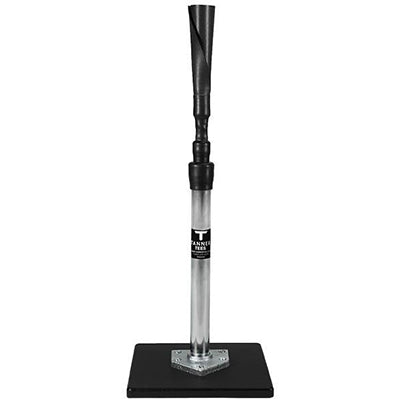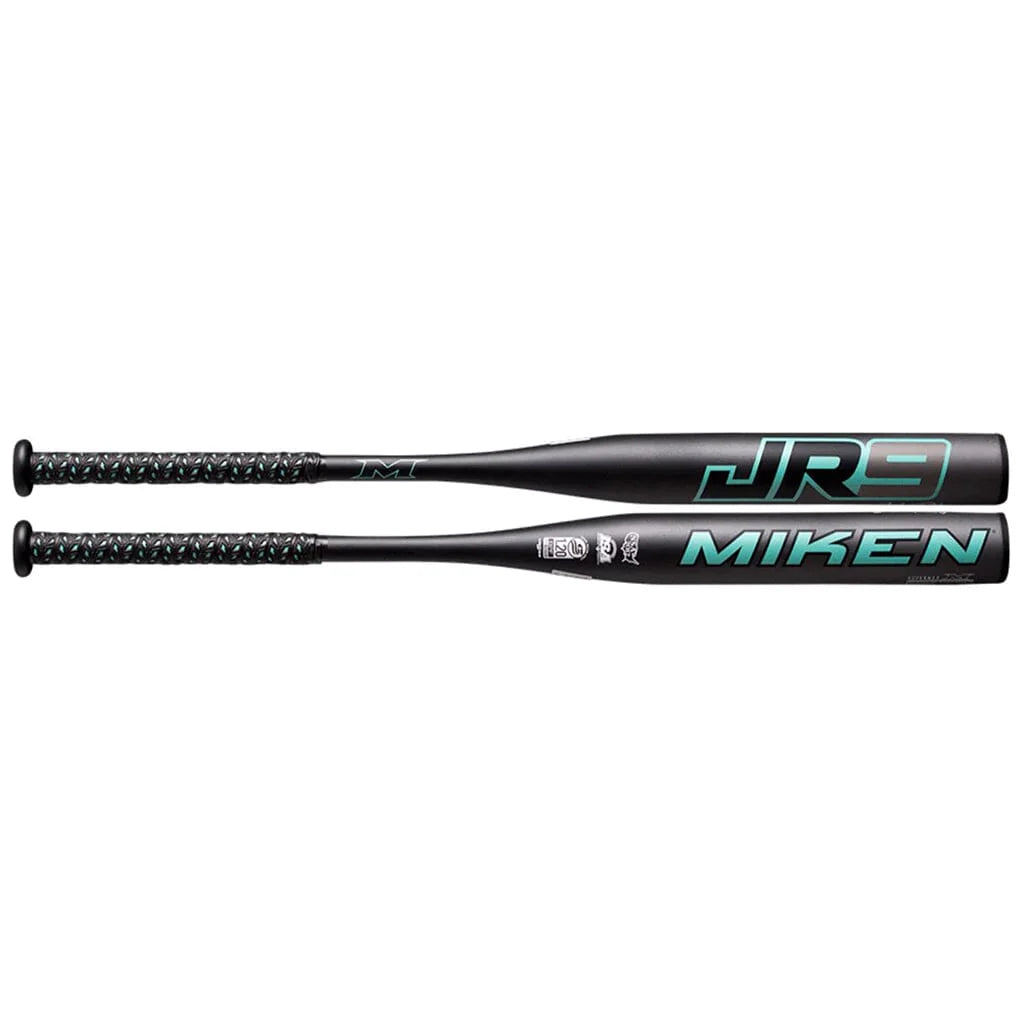Overview
Properly breaking in a bat enhances performance, extends its lifespan, and improves feel during gameplay. Follow these steps: read manufacturer guidelines, start slow, gradually increase intensity, hit various pitch types, and monitor performance. Maintain your bat post break-in by storing it correctly, cleaning it, and inspecting it for damage. Understanding this process is crucial for maximizing your baseball or softball experience.
Frequently Asked Questions
1. What is bat break-in?
2. Why is breaking in a bat important?
3. What types of bats typically require a break-in process?
4. What are the steps to properly break in a bat?
5. How can I maintain my bat after the break-in process?
When it comes to maximizing performance in the game of baseball and softball, understanding the bat break-in process is crucial for players at every level. Whether you’re a seasoned pro or just stepping onto the field for the first time, knowing how to break in a bat properly can significantly enhance your game. The break-in process is not just about improving performance; it's also about extending the lifespan of your equipment. In this article, we’ll delve deep into the ins and outs of the bat break-in process, helping you get the most out of your bat.
What is Bat Break-In?
Bat break-in refers to the process of softening and conditioning the materials of a bat, allowing it to reach optimal performance levels. Most composite and hybrid bats require a break-in period, wherein the bat undergoes a series of hits to enhance its effectiveness. Understanding this process can be the key to unlocking your bat's full potential.
Why is Break-In Important?
The break-in process serves multiple purposes:
- Increased Bat Performance: A properly broken-in bat can achieve higher exit velocities and better overall performance.
- Longevity: Breaking in your bat properly can help extend its lifespan and maintain its integrity.
- Enhanced Feel: A well-broken bat often feels more comfortable and responsive during gameplay.
Understanding the Different Types of Bats
There are primarily two types of bats that require break-in processes: composite and hybrid bats.
Composite Bats
Composite bats are made from a mixture of materials, typically carbon fiber, and are designed to offer better performance than traditional aluminum bats. However, they require a bit of time to reach their peak performance.
Hybrid Bats
Hybrid bats combine features from both composite and aluminum bats. While they may require some break-in time, they often perform well right out of the wrapper. However, investing time in the break-in process can still yield significant performance benefits.
The Break-In Process: Step by Step
Now that we understand the significance of breaking in a bat, let’s review the steps for properly breaking in your bat.
Step 1: Read the Manufacturer’s Guidelines
Each bat comes with specific break-in recommendations from the manufacturer. It is essential to consult these guidelines to avoid voiding warranties or damaging the bat.
Step 2: Start Slow
Begin by hitting softballs or baseballs with low impact. Batting practice can be conducted with a tee or from a soft toss to allow the bat to flex and adapt gradually. This stage usually involves 50-100 hits.
Step 3: Gradually Increase Intensity
Once you feel comfortable with the bat, start increasing the intensity. Move on to live pitching or use a pitching machine. This is the time to take real swings at game speeds, but continue to limit your use to avoid overstressing the bat.
Step 4: Hit Different Pitch Types
To truly break in your bat, ensure you are hitting a variety of pitches—fastballs, curves, and change-ups. This helps the bat adapt to different swing mechanics and hit dynamics.
Step 5: Monitor Performance
As you progress through the break-in period, pay attention to how the bat performs. You should notice improved pop and responsiveness as you continue hitting. If your bat feels stiff after the recommended initial hits, you might need to hit a few more balls to complete the break-in.
Do's and Don'ts of Bat Break-In
Do's
- Do be patient; breaking in a bat can take time.
- Do follow the manufacturer’s recommendations to avoid damage.
- Do restrict your swings to avoid using the bat too often during the break-in.
Don'ts
- Don’t hit off hard surfaces, which can damage the bat prematurely.
- Don’t use the bat for practice swings without actually hitting balls—this can deform the bat.
- Don’t let anyone else use your bat until it is properly broken in.
Signs Your Bat is Broken In
After adhering to the break-in process, how do you know when your bat is ready for optimal gameplay? Here are some indicators:
- Sound: Listen for a distinct 'ping' sound—indicating the bat is flexing properly.
- Performance: You should experience a noticeable increase in distance on your hits.
- Feel: The bat should feel more comfortable, with improved feedback at impact.
Maintaining Your Bat Post Break-In
After your bat has been successfully broken in, it’s essential to focus on maintenance to keep it performing at its best:
- Store Properly: Avoid extreme temperatures—store your bat in a cool, dry place.
- Clean After Use: Wipe down your bat to remove dirt and debris that can accumulate.
- Inspect Regularly: Check for cracks, dents, or any signs of wear.
The Facts You Can't Ignore
The bat break-in process is more than just a recommended guideline; it is an essential practice that can dramatically impact your performance on the field. Striving for the best outcomes with your bat is not just beneficial for yourself, but can also lead to better teamwork and overall success in games.
Play Smart - Play Better!
Understanding the bat break-in process is key to enhancing your baseball or softball experience. By following the right steps and taking care of your equipment, you are setting yourself up for success on the field. Happy swinging!
















